Arizona Vegetable & Fruit Gardening For The Arizona Desert Environment.
Pictures, Photos, Images
Descriptions, Information, & Reviews.
Daucus carota.
subsp. sativus.
We Are Proud Of Our SafeSurf Rating!
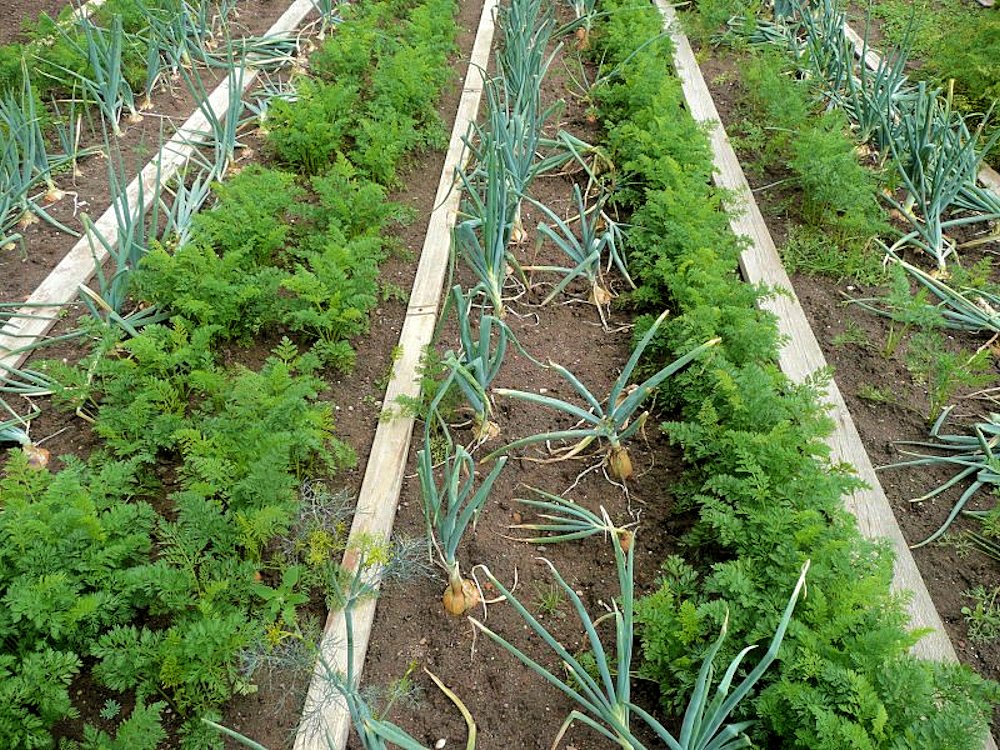 |
| Carrot. Daucus carota. subsp. sativus. Growing With Onions. Photos Courtesy: Wikipedia, the free encyclopedia. |
|---|
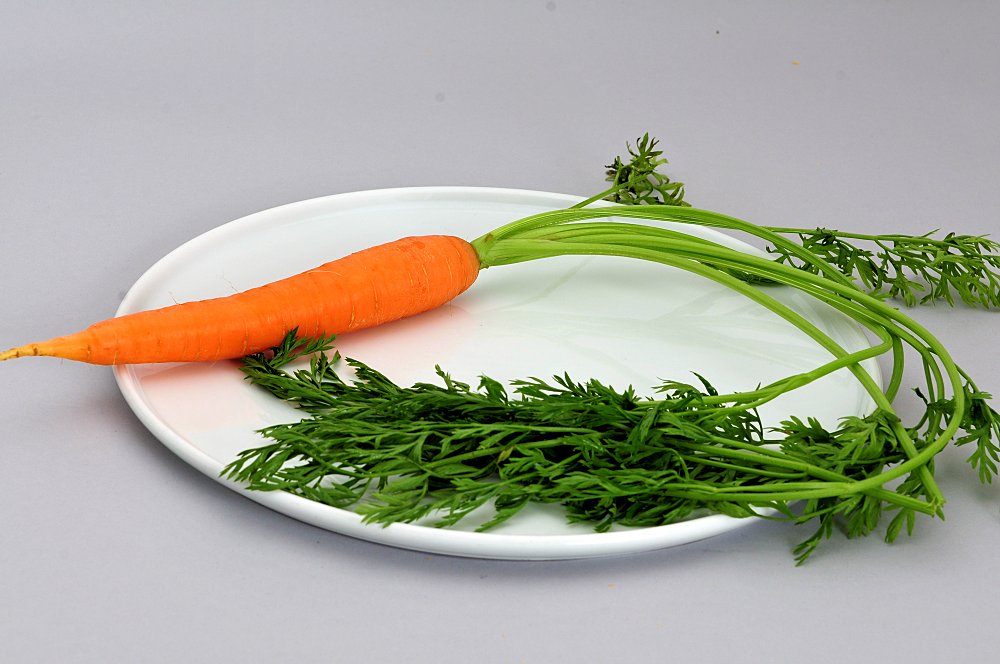 |
| Carrot. Daucus carota. subsp. sativus. Photos Courtesy: Wikipedia, the free encyclopedia. |
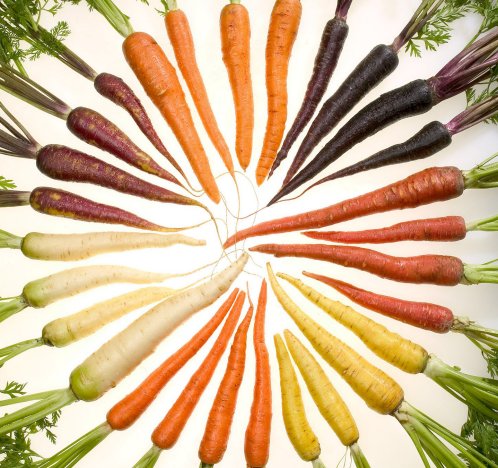 | 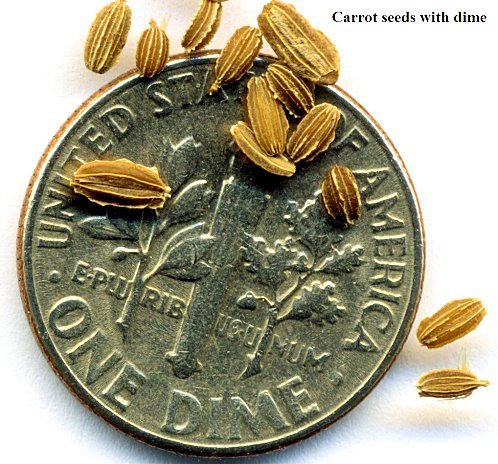 |
| Carrots Of Many Colors. Carrot. Daucus carota. subsp. sativus. | Seeds. Carrot. Daucus carota. subsp. sativus. |
|---|---|
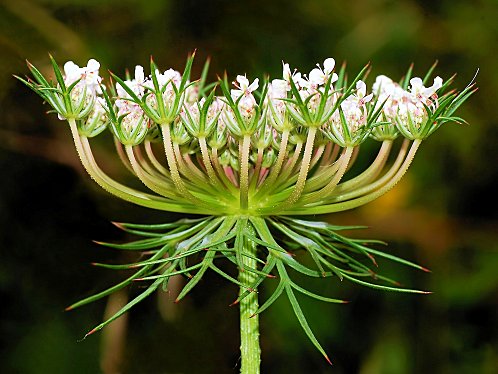 | 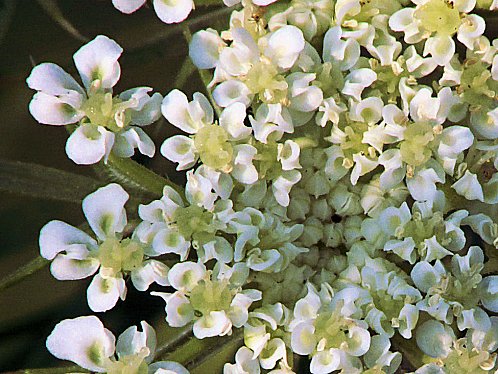 |
| Flowers. Carrot. Daucus carota. subsp. sativus. | Flowers. Carrot. Daucus carota. subsp. sativus. |
We Buy Our Hard To Find Fruit Trees For Yarnell Arizona At Nature Hills Nursery.
We Have Several Nice Fruit Trees Growing In Yarnell, Arizona.
They Will Do Well In Other Similar Elevations In Arizona. ie.. Prescott, Cottonwood, Camp Verde, Sedona.
Cameo & Fuji Apples! Yummm! Click The Nature Hills Nursery Link To View.
 /
/

Carrot. We wish to thank Wikipedia, the free encyclopedia for some of the information, and images on our page. We share information, images, and donate to Wikipedia. The carrot (Daucus carota subsp. sativus) is a root vegetable, usually orange in color, though purple, red, white, & yellow varieties exist. It has a crisp texture when fresh. The most commonly eaten part of a carrot is a taproot, although the greens are sometimes eaten as well. It is a domesticated form of the wild carrot Daucus carota, native to Europe and southwestern Asia.
Nearly coreless 6-in. carrots�in 9 weeks! Flavor favorite colors up early�a tempting red-orange. Super for snacking; crisp and sweet. Plant extra for the lunch box! Does well in clay soil. 65 DAYS.
High levels of beta carotene and a super-sweet flavor make this an ideal carrot to eat right from the garden. Smooth, 9- to 11-in. long roots are easy to cut for cooking or freezing/canning. 68 DAYS.
Mix of purple, yellow, red and white carrots is sure to delight�each with their own unique qualities. Purple has smooth skin, coreless orange flesh and is sweet and tasty. Yellow holds its sunny hue inside and out, is crunchy, sweet and juicy. White is mild and delicious, and Red has high lycopene levels as well as a crispy texture that is great cooked. 58-65 DAYS.
Medium to short, tapered with a blunt tip. They mature by mid-summer. They are about 4� -5� " long, 2-2�" diameter. They are lighter in color than other types, and they have a coarser texture than others. Not best for fresh consumption, but for storage or processing.
The roots have a cylindrical shape. They have a slight taper, with both the shoulder and tip ending abruptly with rounded ends. They are medium in length, early maturing, & normally eaten fresh in the summer. They are about 6 - 7 inches long, 1 - 2 inches in diameter.
The roots are medium-long, with broad shoulders that taper towards the tip..They have a slight taper, with both the shoulder and tip ending abruptly with rounded ends. They are about 6 - 7 inches long, & 2 - 2 � inches in diameter. They become woody with age.
The roots are more slender at the shoulder than the Danvers types, & usually slightly longer. They taper smoothly from the top to the bottom. They are late maturing and good for storing. They are about 8 inches to 10 inches long.
1. Determine the last expected spring frost date for your area. Plan to plant your Carrots 2 or 3 weeks before the last frost-free date. 2. Cultivate your planting area to break up any hard soil, keeping your rows about 12 to 24 inches apart. Carrots varieties prefer well-draining, loose soils with plenty of organic matter. 3. If a soil test has not been taken, make a preplant application of 5-10-10 at the rate of 3 pounds per 100 square feet. Use a starter solution for transplants, and sidedress cautiously after the first fruit reach about the size of a dime using three tablespoons of 33-0-0 per 10 feet of row). Sidedress cautiously until a large number of eggplants are set. Too much nitrogen before fruit set causes all foliage and no fruit. After fruit set, fertilize regularly using a complete fertilizer. Soil pH should be 5.8 to 6.5 for best growth. 4. Purchase certified Carrot seed from your local garden center or nursery. 5. Carrots should be spaced � inch deep, � inch apart, in rows 12 to 24 inches apart. Select a well-drained, loamy or sandy loam soil for planting. Avoid areas that have had eggplant, tobacco, pepper or Irish potato planted in the previous year. 6. Apply a layer of organic mulch to help maintain soil temperatures and to prevent weeds from growing. 7. Water your Carrots once or twice a week when the soil feels dry to the touch. Do Not Spray Water On Your Plants. Carrots have shallow root systems so they only need a light watering to maintain constant soil moisture. Water sufficiently to moisten the soil to a depth of at least 6 inches. The critical period for moisture is during fruit set and fruit development. Mulching can help to provide uniform moisture, conserve water and reduce weeds. 8. Monitor your Carrots for disease and pest problems. Carrots grown by spraying water in Arizona, often suffer from late blight, which can be treated with a fungicide. Control common pests such as snails, potato tubermoth and aphids by sprinkling nontoxic diatomaceous earth around the affected Pepper plants. 9. Carrots should be ready for harvest in about 50 to 65 days from seed. Harvest Carrots young before the flesh becomes pithy. When harvesting the fruit, cut the stems instead of pulling, to avoid breaking the carrot root.
Reduce disease problems by:
Pests Of Carrots In Arizona:
Apply a Bacillus thuringiensis (Bt) based insecticide to control them. Wireworms are thin, & about � to 1� inches long. The worms have a dark head and tail; & they feed upon the carrot root. Apply a Bacillus thuringiensis (Bt) based insecticide to control them.
Treat with an approved fungicide. Neem oil, sulfur, and other fungicides can be used.
Cover the exposed area with soil or mulch.
Beneficial Insects Of Carrots In Arizona:
Not all insects found in our gardens, & orchards are pests. Many organisms benefit the grower by eating or parasitizing pests in the orchard. These organisms are known as beneficials, natural enemies, or biological control agents. They may be native or introduced from other areas. Beneficial natural enemies (insects and mites) that may occur in our gardens, & orchards could be classified as predators or parasitoids. Predators are those that attack, kill, and feed directly on a pest (prey). Examples of common garden, or orchard predators are ladybeetles, flies, lacewings, wasps, bugs, ants, spiders, and predator mites. Parasitoids are insects that lay eggs on or in a pest (host). The developing larva lives and feeds on the host, parasitizing and eventually killing it. Examples include parasitic wasps such as the egg parasite, Trichogramma sp. Bees are a different class of beneficial insects in the garden or orchard in that they benefit the grower by aiding pollination. It is important that growers are able to recognize, identify, and conserve beneficials in their gardens, & orchards. Conservation of beneficial organisms is a basic tenet of an ecologically sound pest management strategy. Conservation or enhancement of beneficials can be achieved through judicious use of pesticides such as spraying only when and where needed, accurate timing of sprays, and selecting pesticides that are least toxic to beneficials. For Example: Many growers now place colonies of the Blue Orchard Mason bees in their orchards to pollinate their crops for maximum production.
Quick Notes:
Type: The most commonly eaten part of a carrot is a taproot. Sometimes the leaves are eaten.
Height: About 24 to 48 inches tall at maturity.
Spread: About 2 - 4 feet wide.
Flowers: An inflorescence of white flowers.The individual flowers are borne on undivided pedicels originating from a common node. The flowers consist of five petals, five stamens, and an entire calyx.
The flowers change sex in their development, so that the stamens release their pollen before the stigma of the same flower is receptive. The arrangement is centripetal, meaning the oldest flowers are near the edge and the youngest flowers are in the center of the inflorescence.
Blooming Time: Spring through Fall.
Fruit: The fruit that develops is a schizocarp consisting of two mericarps; each mericarp is a true seed.
Leaves: Blue-green to dark-green in color, At the upper end of the stem is the seed leaf. The first true leaf appears about 10�15 days after germination. Subsequent leaves, produced from the stem nodes, are alternating (with a single leaf attached to a node, and the leaves growing in alternate directions) and compound, and arranged in a spiral. The leaf blades are pinnate.
Elevation: 0 - 5,500 feet.
Hardiness:
Soil pH requirements:
Light: Full Sun to Partial Shade.
Habitat: Mulched areas. Well-drained soil with a 5.5 and 6.5 pH.
Native: Native to Persia (regions of which are now Iran and Afghanistan),
Miscellaneous:
|
Here Are Some Links To The Very Best & Most Popular Items Sold On Amazon.Com
To Learn More! Click The Links Below. No Obligation, Of Course!




